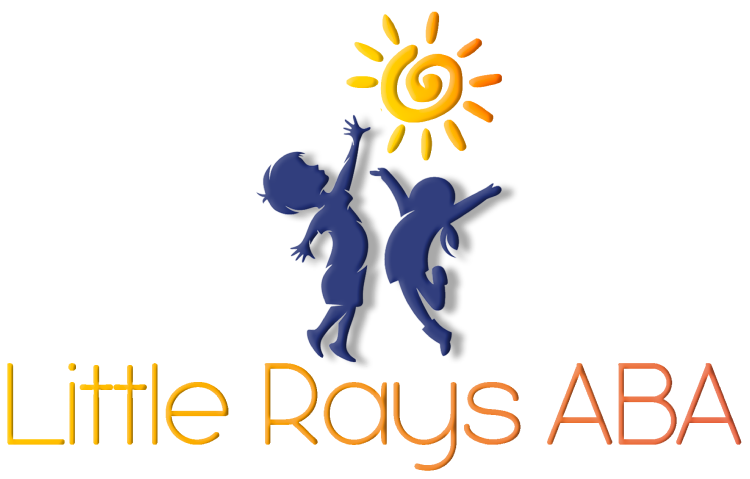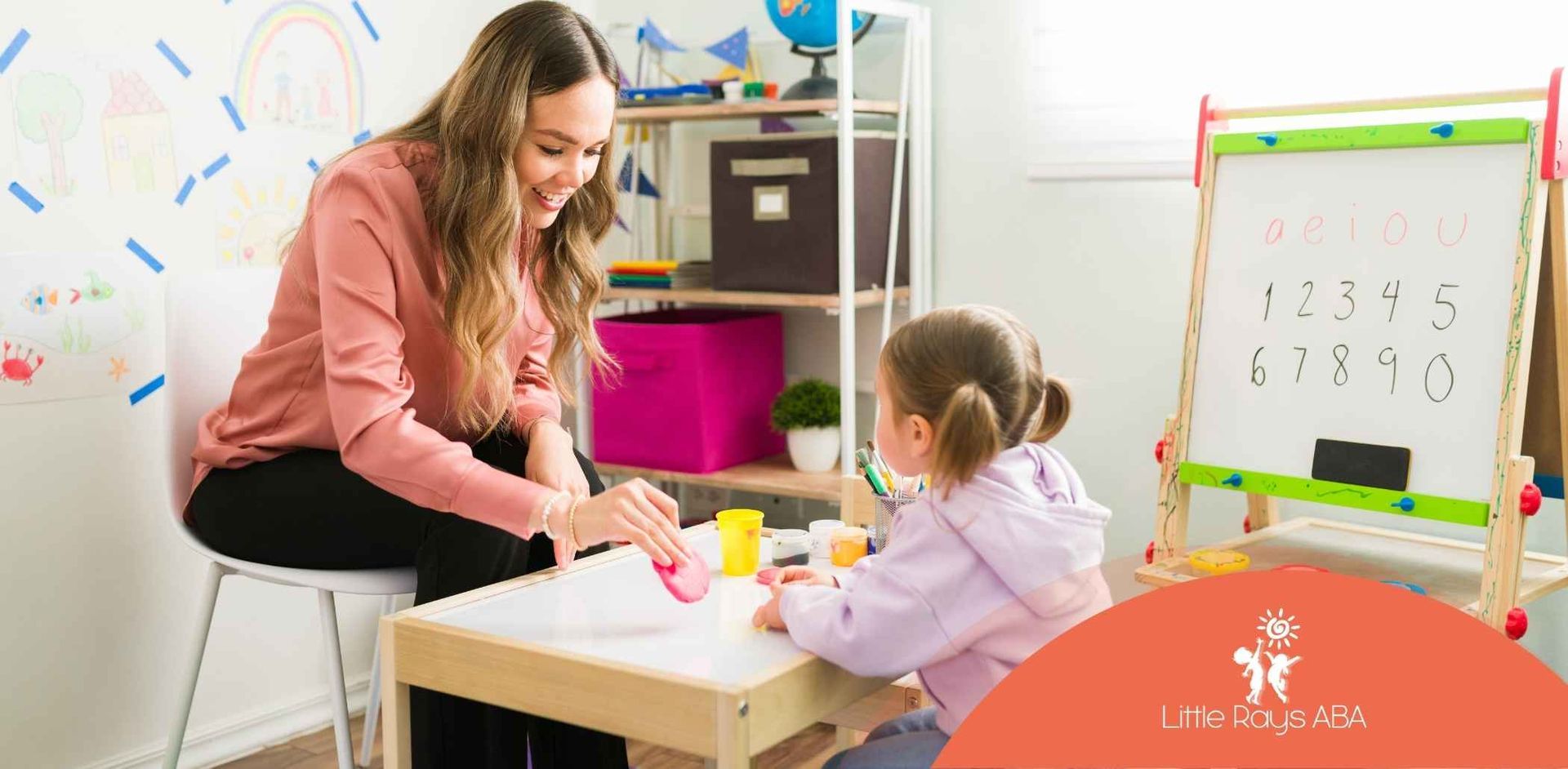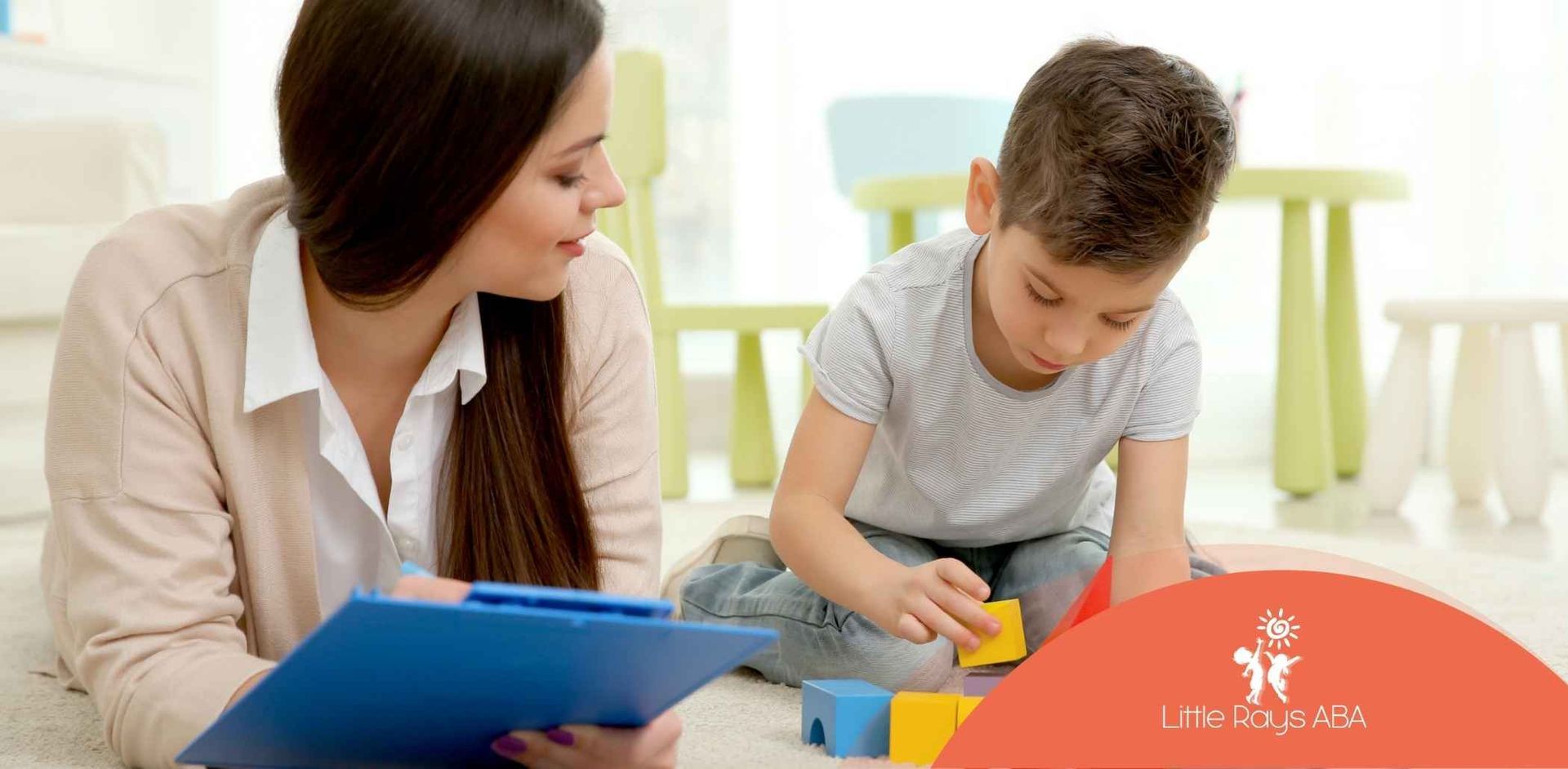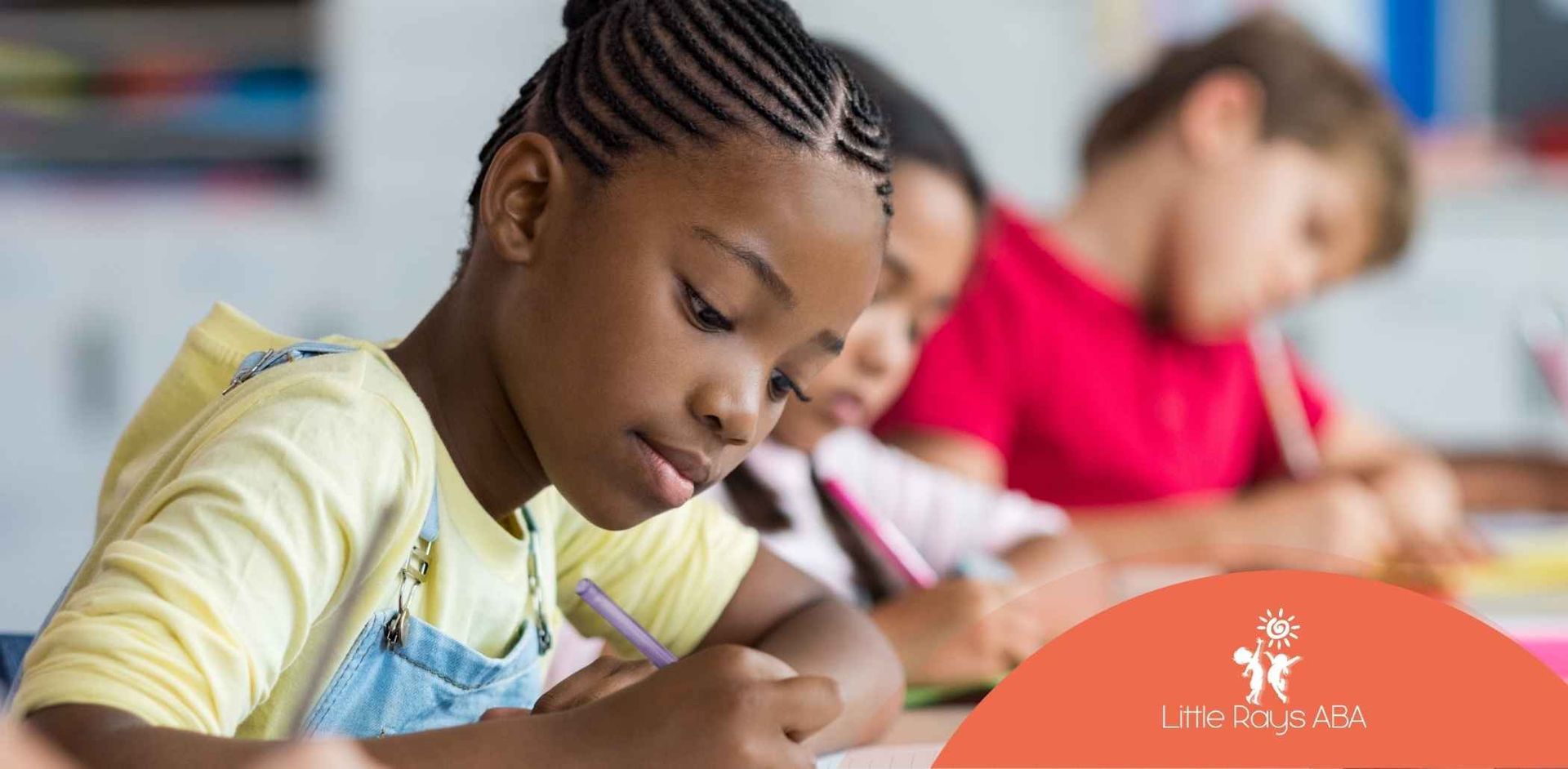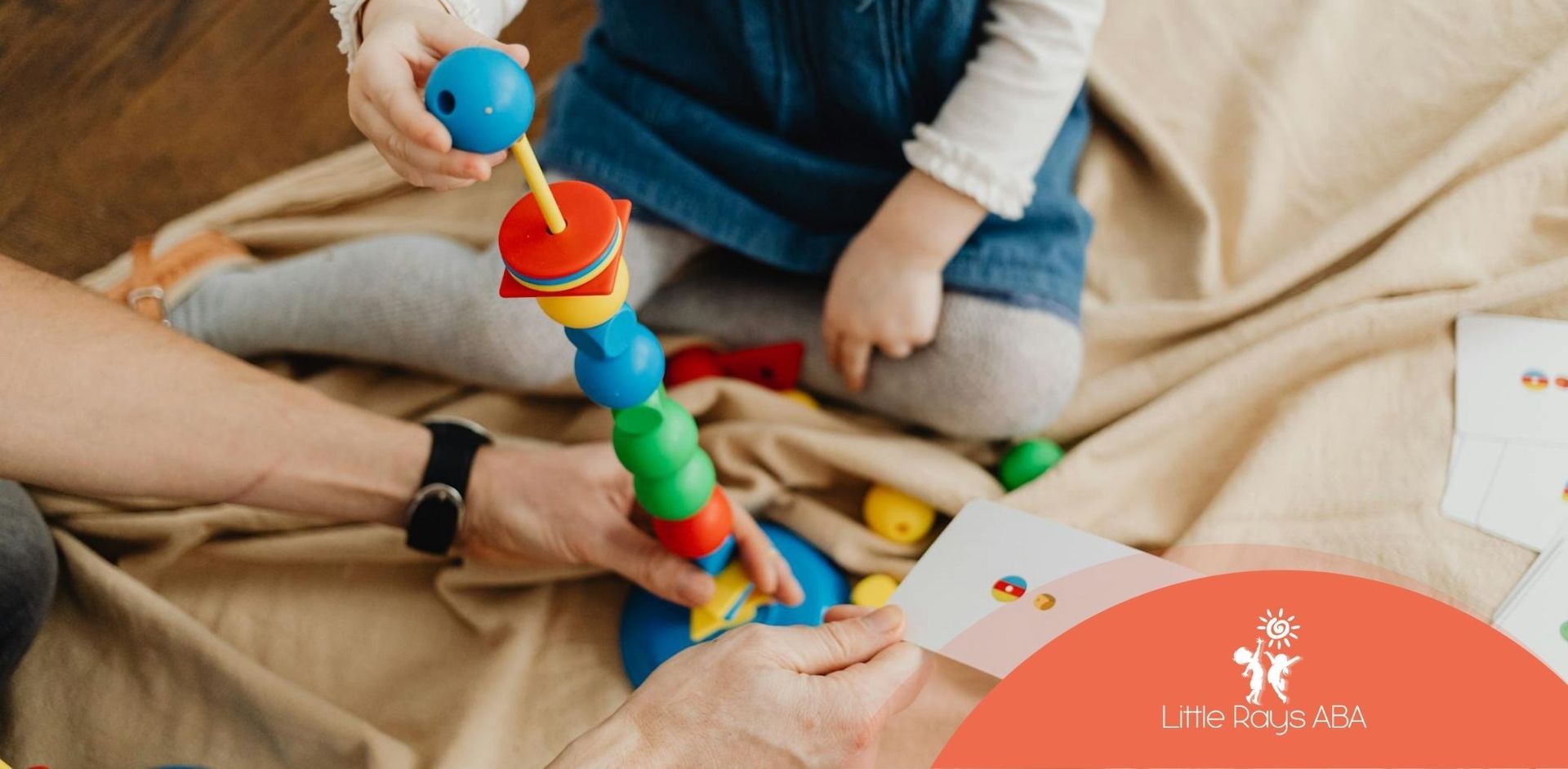
Mastering the Prompting Hierarchy in ABA Techniques
Key Highlights
- Prompt hierarchy in ABA therapy involves a systematic way of introducing prompts and gradually fading them to foster independent responses from learners.
- Various types of prompts include physical assistance, verbal prompts, and visual cues, each tailored to specific learning needs.
- Least-to-most and most-to-least prompting approaches help shape skill acquisition while reducing frustration and promoting independence.
- Prompt fading techniques, such as time delay, play a crucial role in preventing prompt dependence and enhancing learner autonomy.
- Using structured prompt levels ensures smooth transitions between prompts while reinforcing correct responses effectively.
Introduction
Are you an ABA professional looking to improve your teaching methods? Learning the prompt hierarchy is key for effective teaching in Applied Behavior Analysis (ABA). Prompts help guide learners, especially those with developmental disabilities, to give the correct response. They also help reduce mistakes during learning. As behavior analysts, it is important to know how prompts offer structured support. Understanding when and how to reduce that support can greatly change how skills are learned and improve independence in learners.
Understanding Prompts in ABA Therapy
Prompts are important tools in ABA therapy that help learners reach their goals. They work as cues or instructions to trigger specific responses. This keeps the learning process free from mistakes. Using prompts in the right order reduces the need for outside help.
So, why are prompts vital? They stop learners from making wrong choices that could lead to bad behaviors. This approach, preferred by ABA professionals, encourages positive reinforcement. It also motivates learners to get involved and learn new skills successfully.
Definition and Purpose of Prompts
Prompts in ABA therapy are cues or help that aim to make sure learners provide the correct response during a teaching trial. This approach fits well into the prompt hierarchy, helping therapists reduce errors while supporting their clients in reaching learning goals. By focusing on an errorless method, learners can experience success first rather than face repeated mistakes.
When ABA professionals use prompts in therapy, they create supportive environments full of reinforcement to help skill development. For example, a teacher may use a gesture prompt by pointing to the right picture card to help a young client choose correctly before they make a wrong choice. This quick help leads to the correct response without making the learner feel frustrated.
Prompts also help lessen prompt dependence over time. By balancing support and slowly reducing cues, ABA professionals encourage learner autonomy and skill generalization beyond therapy sessions.
Types of Prompts Used in ABA
Prompts in ABA therapy come in different forms, each created for the unique needs and goals of the learner. Physical assistance involves using physical prompting to help learners. For example, helping a child tie their shoelaces with hand-over-hand support can help them learn this skill.
Verbal prompts are sounds and words that give guidance, which can include indirect verbal prompts or reminders. These prompts help improve communication skills. An example is gently saying, "Keep your elbows in" while a child practices.
Gesture prompts, like pointing, combine nonverbal help and physical prompts. They work well for visual learners because ABA professionals use body language wisely. The model prompt is when the therapist shows the desired behavior for the learner to copy. This really helps with play skills. Each type of prompt has its own role in encouraging correct responses.
The Role of Prompt Hierarchy in Skill Acquisition
Promoting being active and independent is central to ABA therapy. The prompt hierarchy is very important for learning new skills. Behavior analysts use prompt hierarchies by starting with strong help and then moving to less help. This helps learners reach their goals.
Prompt hierarchies also help reduce too much help and support positive behaviors. They lead learners from needing help to doing things by themselves. This ensures they can use their new skills in different places. But how does this really affect learning results?
Benefits of Using a Structured Prompt Hierarchy
Using a clear prompt hierarchy helps ABA professionals a lot. First, it builds the learner’s self-confidence and gives them a sense of accomplishment. This happens as they go from needing help to succeeding on their own. Just think about how great a learner feels when they can finish a task by themselves after some initial support—it's life-changing!
Another great benefit is errorless learning. Reducing mistakes during practice leads to positive experiences and faster skill learning. Using physical prompts and verbal cues, a well-planned hierarchy helps learners get the correct answers consistently.
Finally, this structured approach lets ABA professionals give different types of support tailored to each learner. Whether a learner needs physical guidance for difficult tasks or light verbal help for easier ones, the hierarchy adjusts to fit their growth. Every move toward independence is a success, showing the learner’s progress and setting them up for long-term success.
How Prompt Hierarchy Supports Independence
Would you like to help your clients become more independent? The prompt hierarchy helps with this by guiding learners through different stages. To teach tasks like play skills, teachers use strong prompts at first and then gradually use less support.
Prompt fading helps learners depend less on reminders. For example, when a child learns to brush their teeth, they might start with someone guiding their hands. As they get better, the help is slowly lessened—from holding the wrist to just showing a gesture—until they can do it on their own.
This process also builds higher levels of independence and decreases prompt dependence, which can make it hard to apply skills in other situations. By carefully using the prompt hierarchy, learners can grow more autonomous and skilled. As they make progress, behavior analysts see their clients successfully completing daily tasks without needing help.
Overview of Different Prompt Levels
Effective communication and doing tasks well depend on using the right prompt level. In ABA, prompt levels are set from the least to the most intrusive. The least intrusive is light verbal hints, and the most intrusive is physical guidance.
Each level helps teach new behaviors in a unique way. Using the right prompt makes it easier for learners to interact with their surroundings and reduces mistakes. What strategies can ABA professionals use to apply these different prompt levels effectively? Let’s look at two key approaches used during interventions.
Least-to-Most Prompting
Least-to-most prompting is a unique method used by ABA professionals to help learners start tasks by themselves. They begin with the simplest prompts and slowly give more help for right answers.
For example, when helping a learner tie shoes, the therapist starts with very little help, like giving verbal hints. If the learner does not succeed, the therapist may use small gestures for guidance. They only go to hands-on help when it is really needed. This way, learners try to do things on their own first.
This process helps them learn skills while encouraging independence. When learners get reinforcement for doing the right thing, they feel motivated to improve without relying too much on others. This approach works best for people who have basic skills and may avoid doing tasks. By allowing learners to make mistakes before giving more help, this method fosters a positive attitude towards learning.
Most-to-Least Prompting
The step-by-step method of most-to-least prompting helps learners avoid mistakes. In this method, therapists start with strong prompts that are designed for skills that are new or hard to learn. For example, using hand-over-hand support might help teach someone how to brush their teeth.
Over time, these prompts get less intense. They change from physical help to gestures and verbal cues until the learner can do it alone. This method works well for strong escape behaviors because it builds confidence in new learning.
With this planned support, learners gain skills and adjust easily to different settings and people. The method ensures that learners can succeed, no matter how hard the tasks are or what prior skills they have. By using this method, learners gain independence, leading to better growth every day.
Prompt Fading Techniques
What methods help ABA professionals reduce prompts? Prompt fading uses strategies like time delay, least-to-most fading, and most-to-least fading. By adjusting their interventions to meet each client's needs, therapists can lessen dependence effectively.
For instance, changing how physical help is given—starting with guiding the wrist and then moving to light touch—helps people who have relied on support to brush independently while they learn to play alone. Here is a table showing effective techniques:
| Technique | Application |
|---|---|
| Most-to-Least Fading | Start with heavy help, then move towards independence. |
| Time Delay | Add gaps between prompts to encourage more interaction. |
| Least-to-Most Fading | Begin with self responses before adding cues if needed. |
These fading strategies boost independence and help ABA learners make steady progress as they work on improving their skills in different situations.
Conclusion
In summary, understanding the prompt hierarchy in ABA techniques is important for helping learners gain skills and become independent. By learning about the different types of prompts and how to use them, practitioners can adjust their methods to fit each person's needs. A clear prompt hierarchy not only improves learning but also helps people become more self-reliant. As you explore ABA therapy, keep in mind that your main aim is to support the independence of the individuals you assist. If you want to expand your knowledge or need help, feel free to ask for a consultation.
Frequently Asked Questions
What is the most effective prompt type for new learners?
The best kind of prompt for beginners is physical assistance. It helps learners succeed in acquiring a new skill. ABA professionals use strong physical prompts along with reinforcement. This helps learners with developmental disabilities reliably develop play skills and communication strategies.
How do you decide when to fade a prompt?
Deciding when to fade prompts takes careful watching and tracking. ABA behavior analysts keep an eye on how well someone is doing by looking at their progress with independence. They adjust the ways they help based on what they see. Their focus is on building confidence without making behaviors too strong too soon. This helps avoid problems and keeps benefits high while also making sure changes are genuine and lasting.
Can prompt dependency be avoided? How?
Yes, you can avoid prompt dependency by using good strategies like time delay and prompt fading. ABA professionals help people become independent by encouraging them when they try to respond correctly without prompts. They also balance reinforcement levels to build the learner's confidence and freedom over time.
SOURCES:
https://autismclassroomresources.com/5-main-types-of-prompts-infographic/
https://www.appliedbehavioranalysisedu.org/what-is-prompting-and-how-is-it-used-in-aba-therapy/
https://masteraba.com/prompt-hierarchy/
https://www.motivity.net/blog/aba-prompts-and-prompt-hierarchy
https://www.senteacherstraining.com/blog/1578-The-Power-of-Prompt-Hierarchy-A-Dynamic-Framework-for-Effective-Communication-blog.php
Related Posts
